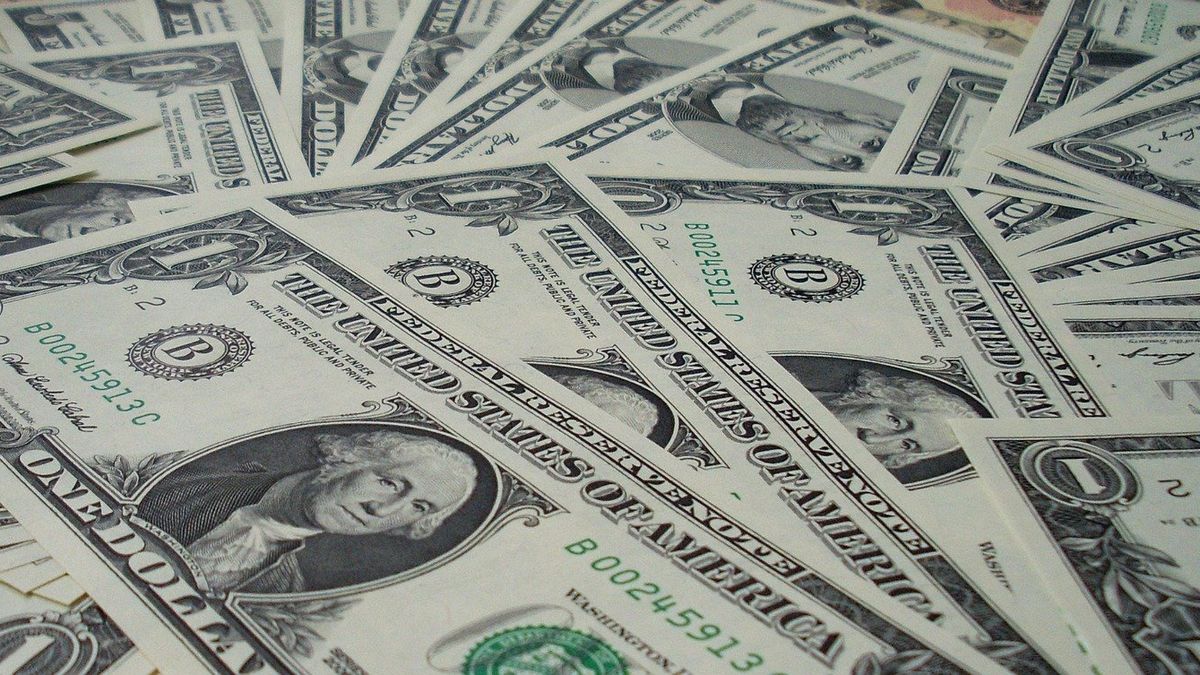The economic team is guiding its decisions based on a hypothesis proposed by the president of the Central Bank, Miguel Pesce, which is consistent with a “minimalism” in decision making. It indicates that it is not necessary to apply a strong jump in the price of the dollar, based on the fact that at this stage of the year the foreign exchange market is pressured by energy imports due to winter. Pesce says a “bridge” is required until the balance is settled. Come spring, he assumes that devaluation pressures will subside. The problem is to know if that is enough to prevent the gap from escaping. Both private consultants and academic studies are suggesting that the Central Bank’s hypothesis may not be enough to calm the markets.
A report from RA study center of the Faculty of Economic Sciences of the University of Buenos Aires, warns that the appearance of batakis after the resignation of Martín Guzmán “It was not enough to anchor expectations. “A week after he took office, the dollar was already trading at $300, thanks to new restrictions on imports and access to the official dollar, which led companies to seek foreign financing to finance their purchases abroad,” he said. he pointed.
The Faculty of Economic Sciences of the UBA He specifies that the context prior to the crisis that triggered Guzmán’s resignation was already delicate. In this regard, he assures that in 2021, while the official dollar was updated at 1% per month, inflation was running at 3%. “This resulted in the fact that by December the dollar had depreciated only 22%, while prices rose 51% year after year, meaning an exchange rate delay of 15%,” says the study house. The Central Bank is also said to have had a “weak monetary policy”. “The accumulation of macroeconomic inconsistencies has combined a cocktail that is difficult to manage, which manifests itself in a high level of liquidity that takes refuge in the dollar, anticipating greater difficulties and resulting in an exchange rate gap”, indicates the work. Thus, it is noted that “The current price of the dollar responds more to a question of expectations, therefore, it would not be a benchmark, making a political signal in the right direction necessary in order to generate a confidence shock.”
On your side, the Ecolatina consultancy maintains that for the Government, avoiding a devaluation of the official exchange rate “is the main objective in the very short term” but indicates that “without a more forceful response this objective becomes more distant”.
For instance, it posits that “the speed that the crisis took in the last week, indicative of the underlying fragility, shows that going forward the scenario becomes more unstable, even when financial pressures are eased and the economic program can be channeled”.
“If a devaluation jump were to take place, it would most likely be disorderly or forced by the market, which would make the situation even worse,” the consultant said. Ecolatina also raises doubts about the BCRA’s policy of mini-devaluations, which remains behind inflation. It is estimated that the first goes at a rate of 5% per month, while the second at 7%.
“The Government can sustain a crawling peg over time in a framework in which inflation is gradually moderating. If this scenario persists, or even worsens, the defense capacity of the official exchange rate has a serious risk of being weakened”, says the job.
Source: Ambito
David William is a talented author who has made a name for himself in the world of writing. He is a professional author who writes on a wide range of topics, from general interest to opinion news. David is currently working as a writer at 24 hours worlds where he brings his unique perspective and in-depth research to his articles, making them both informative and engaging.




